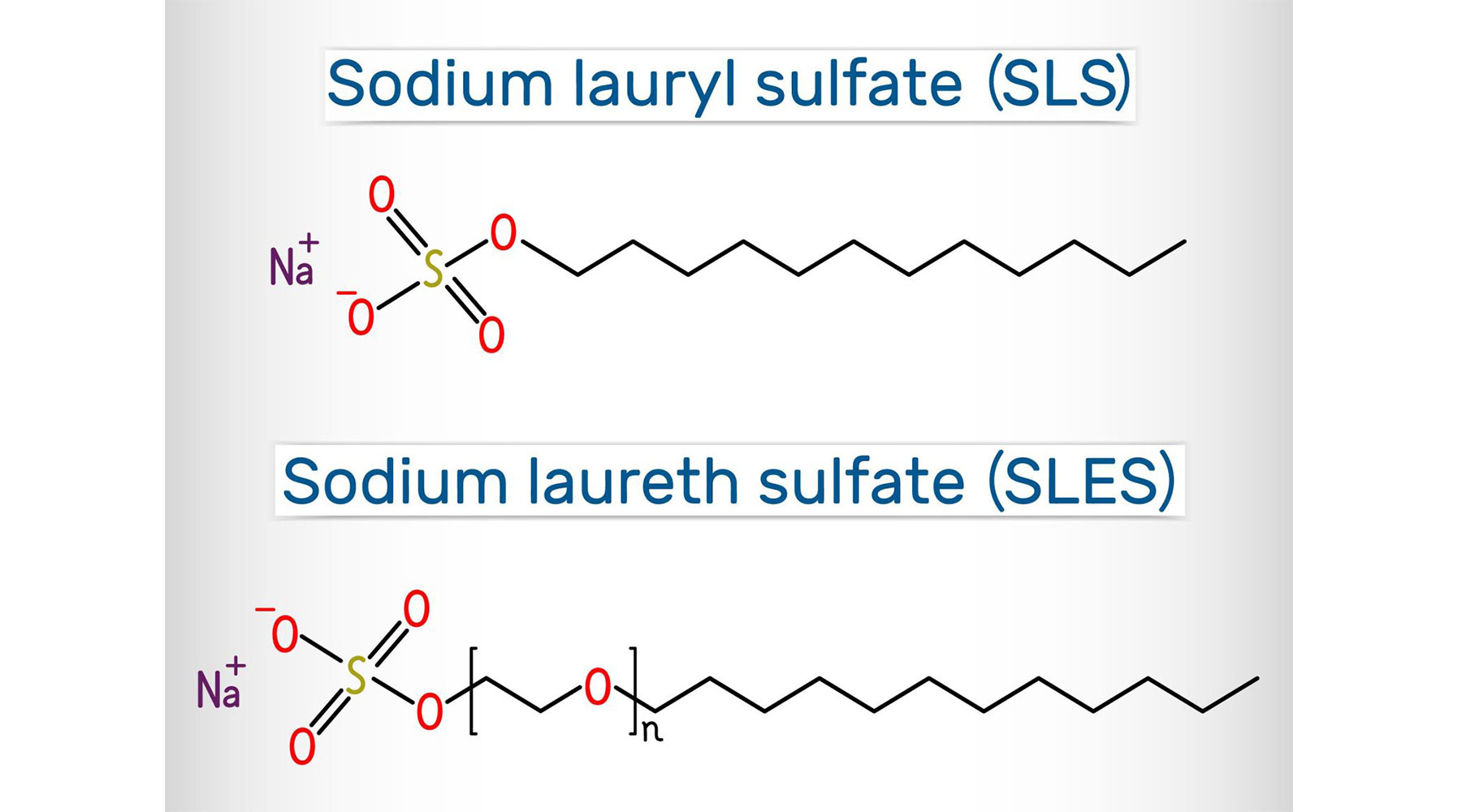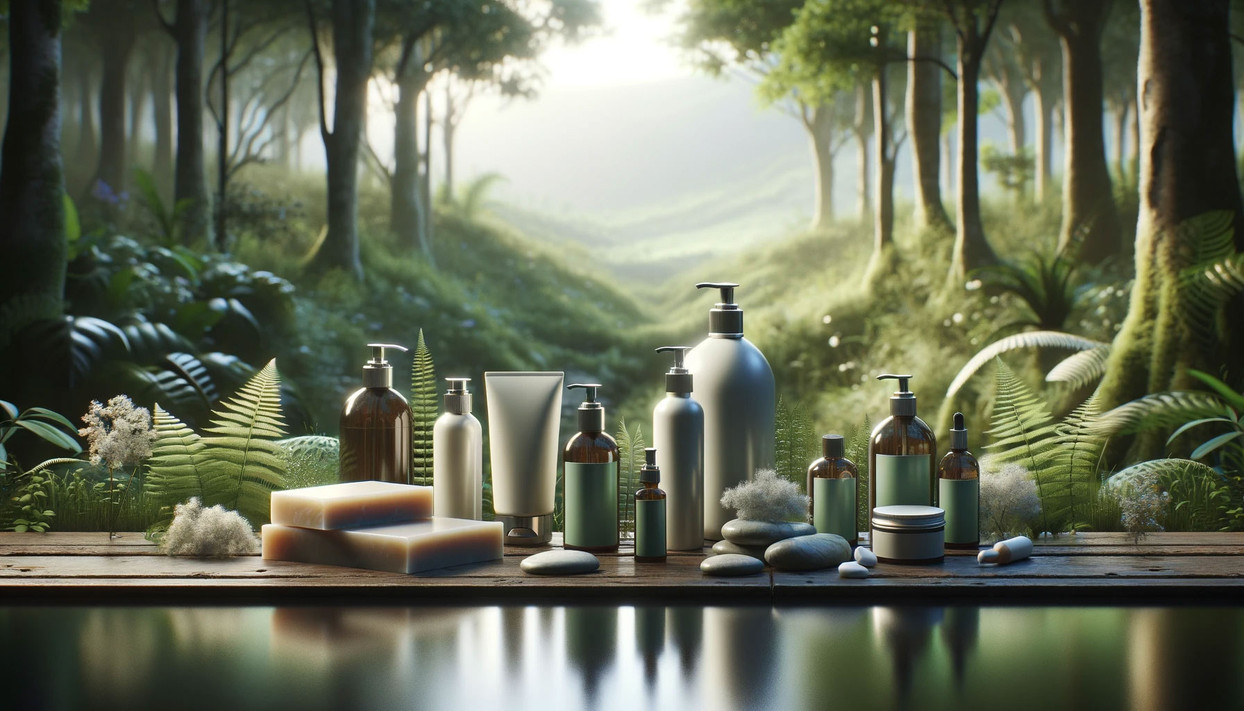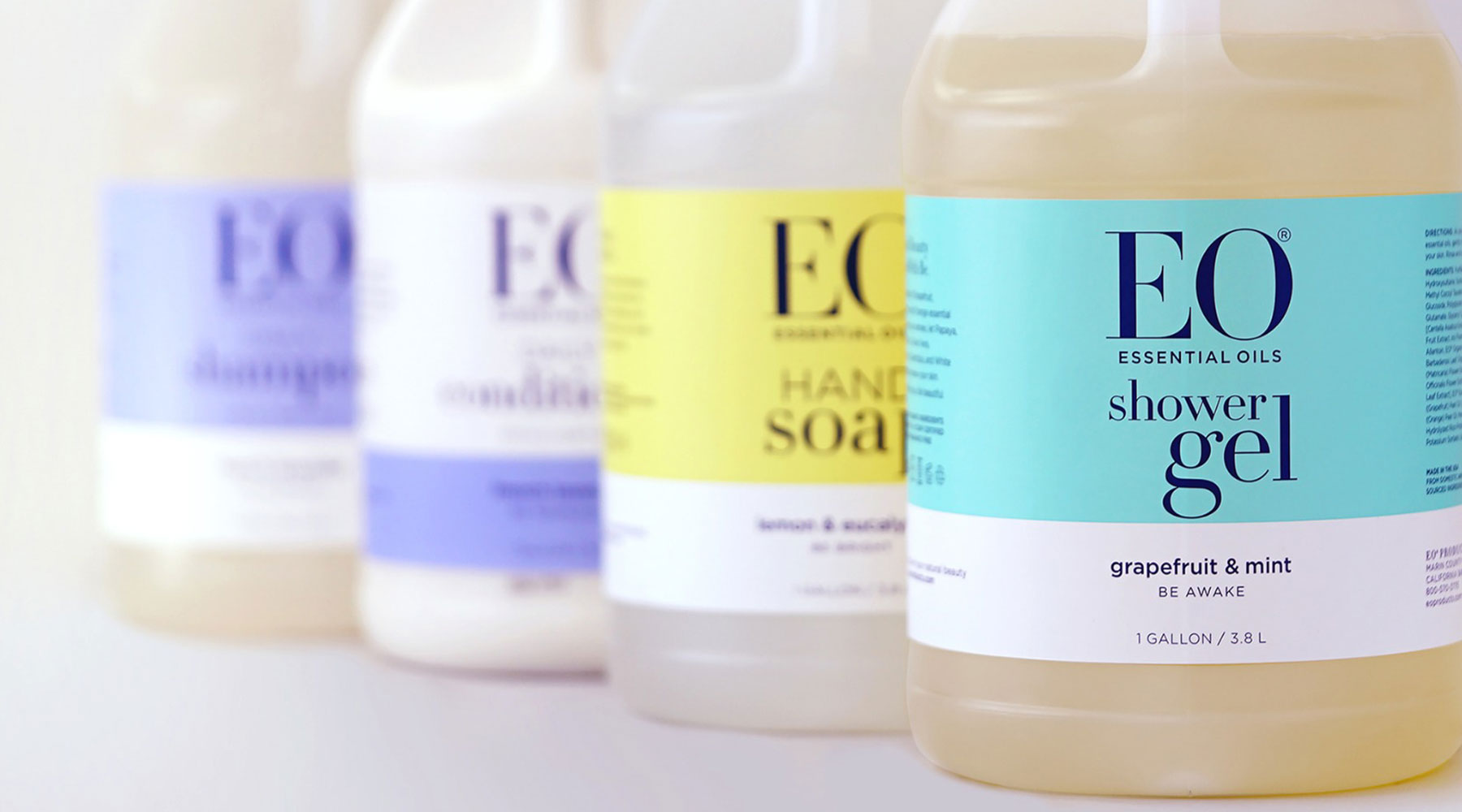What is Sodium Laureth Sulfate?
In the vast landscape of personal care and cleaning products, few ingredients have sparked as much debate as Sodium Lauryl Sulfate (SLS) and its close relative, Sodium Laureth Sulfate (SLES). These surfactants are cornerstones in a myriad of products, from shampoos and toothpaste to soaps and laundry detergents, lauded for their ability to create the foamy, sudsy appearance many associate with cleanliness. Yet, the discussion surrounding their safety and environmental impact remains nuanced and complex.

Is There a Difference Between Sodium Lauryl Sulfate and Sodium Laureth Sulfate?
SLS is renowned for its cleaning prowess, enhancing a product’s ability to tackle dirt and oil while delivering the satisfying lather consumers often equate with effectiveness. Despite widespread rumors, SLS is not a carcinogen. Research and authoritative sources, including HealthyChild.org, clarify that there is no evidence linking SLS to cancer. However, its potential for skin and eye irritation, alongside its hazardous effects on aquatic life, prompts a reconsideration of its ubiquitous presence in our daily routines.
Sodium Lauryl Sulfate (SLS): A surfactant derived from natural oils like coconut or synthetically from petroleum, SLS is known for its strong detergency and ability to create a rich lather. It's used in a wide range of products, including toothpaste, shampoos, and cleaners, for its effectiveness in removing oils and residues.
Sodium Laureth Sulfate (SLES): Similar to SLS, SLES is also a surfactant but undergoes a process called ethoxylation, which makes it less harsh on the skin and reduces potential irritations. This modification allows SLES to be used in a broader array of personal care products, providing effective cleansing while being gentler than SLS.
What is Sodium Laureth Sulfate Made From?
Sodium Laureth Sulfate (SLES) is made from sulfuric acid, lauryl alcohol, and ethylene oxide. Lauryl alcohol is derived from coconut or palm kernel oil, making it a compound with both natural and synthetic elements. The process involves ethoxylation, where ethylene oxide reacts with lauryl alcohol, followed by neutralization with sulfuric acid to produce SLES. This process increases the molecule's size, which reduces its potential for skin irritation compared to its counterpart, Sodium Lauryl Sulfate (SLS).
Health and Environmental Concerns
While SLS and SLES are effective in their roles, they have been subjects of health and environmental concerns:
Skin and Eye Irritation: Both SLS and SLES can irritate the skin and eyes upon direct contact, particularly in higher concentrations or prolonged exposure. Sensitive individuals may experience more pronounced reactions, leading to the recommendation of patch-testing products before extensive use.
1,4-Dioxane Contamination: SLES's manufacturing process can lead to contamination with 1,4-dioxane, a substance known for its potential carcinogenicity. Although many manufacturers work to remove this contaminant, traces can still be found in some products. The concern over 1,4-dioxane emphasizes the need for stringent manufacturing standards and regulations.
Aquatic Toxicity: SLS is known to be hazardous to aquatic life, raising concerns about its environmental impact, particularly when products containing SLS are washed down drains and enter waterways. This has led to increased scrutiny over the use of SLS in products and a push towards more environmentally friendly alternatives.
EWG's Stance on SLES: The Environmental Working Group (EWG) provides a nuanced view of SLES, emphasizing the importance of context in its use. Products containing SLES are subject to stricter scrutiny when intended for use around the eyes or in aerosol forms, owing to increased absorption and respiratory concerns. The EWG VERIFIED™ mark signifies products that meet stringent criteria for transparency, indicating those without harmful levels of impurities like 1,4-dioxane.
Alternatives and Safer Choices
In response to these concerns, the industry and consumers are moving towards safer and more sustainable alternatives:
Plant-based Surfactants: Ingredients like decyl glucoside, lauryl glucoside, and coco-glucoside are derived from sugars and fatty alcohols in plants. They are biodegradable and considered to be milder on the skin, making them popular in natural and organic formulations.
EWG VERIFIED™ Products: The Environmental Working Group's verification program identifies products that meet strict criteria for transparency, health, and environmental impact. Products bearing the EWG VERIFIED™ mark signify safer choices for consumers concerned about ingredient safety.
Label Vigilance: Consumers are encouraged to read product labels and seek out products free from SLS and SLES, especially those certified by reputable organizations. Awareness and demand for transparency have led to the development of formulations that maintain effectiveness without relying on potentially harmful ingredients.
Navigating the Landscape of Personal Care Ingredients
The discussion around SLES and SLS is indicative of a larger conversation about ingredient safety, environmental responsibility, and consumer health. By understanding the properties, uses, and concerns associated with these ingredients, consumers can make informed decisions aligned with their values and health priorities. The shift towards safer, more sustainable alternatives is not only a personal choice but a collective movement towards a healthier planet and populace.
In navigating the complex landscape of personal care ingredients, knowledge is power. Armed with information, consumers can advocate for safer products and support practices that prioritize both human and environmental health.
FAQs
What exactly are SLES and SLS?
Sodium Laureth Sulfate (SLES) and Sodium Lauryl Sulfate (SLS) are surfactants used in a wide range of personal care and cleaning products. Surfactants are compounds that lower the surface tension between two substances, such as oil and water, making it easier to remove dirt and oil from surfaces, including skin and hair. SLES is known for being a milder variant of SLS, due to an additional processing step called ethoxylation, which makes it less irritating to the skin.
Are SLES and SLS safe to use?
SLES and SLS have been extensively studied for safety. SLS can be more irritating to the skin and eyes, especially at higher concentrations. SLES, while milder, can potentially be contaminated with 1,4-dioxane, a substance of concern due to its possible carcinogenic effects. However, many manufacturers purify their products to remove such contaminants. Regulatory bodies in various countries consider both SLES and SLS safe for use in personal care products within specific concentration limits.
Is Sodium Laureth Sulfate Harmful or Not?
The question of whether Sodium Laureth Sulfate is harmful is nuanced. SLES is considered to be less irritating than SLS, making it a preferred choice in a wide range of personal care products. However, concerns have been raised about its potential contamination with 1,4-dioxane, a byproduct of the ethoxylation process, which is a known carcinogen. Modern manufacturing processes often include steps to remove or reduce this contaminant to safe levels.
How can I identify products containing SLES or SLS?
SLES and SLS can be found on ingredient labels under various names. For SLES, look for terms like "Sodium Laureth Sulfate" or "Sodium Lauryl Ether Sulfate." SLS may be listed as "Sodium Lauryl Sulfate." Reading product labels is crucial for identifying these ingredients if you prefer to avoid them.
Are there alternatives to SLES and SLS in personal care products?
Yes, there are many alternatives to SLES and SLS. Plant-based surfactants such as coco-glucoside, lauryl glucoside, and decyl glucoside are gentle on the skin and environmentally friendly. These alternatives are derived from natural sources like coconut oil and fruit sugars, offering effective cleansing properties without the irritation potential associated with SLES and SLS. We offer a variety of alternatives like EO Products and Soapbox which are formulated with plant-based surfactants.
Recent Posts
-
Different Types of Cleaning Products Explained
Whether you're cleaning an office, school, gym, or retail space, understanding cleaning product type …Jun 27, 2025 -
Flat Mop vs Spin Mop: Which One Cleans Best?
When it comes to keeping your facility clean, choosing the right mop can make all the difference. Bo …May 30, 2025 -
Sponge Mop vs. String Mop: Which is Right for Your Facility?
When it comes to keeping floors clean, both sponge mops and string mops are trusted cleaning tools. …May 23, 2025





